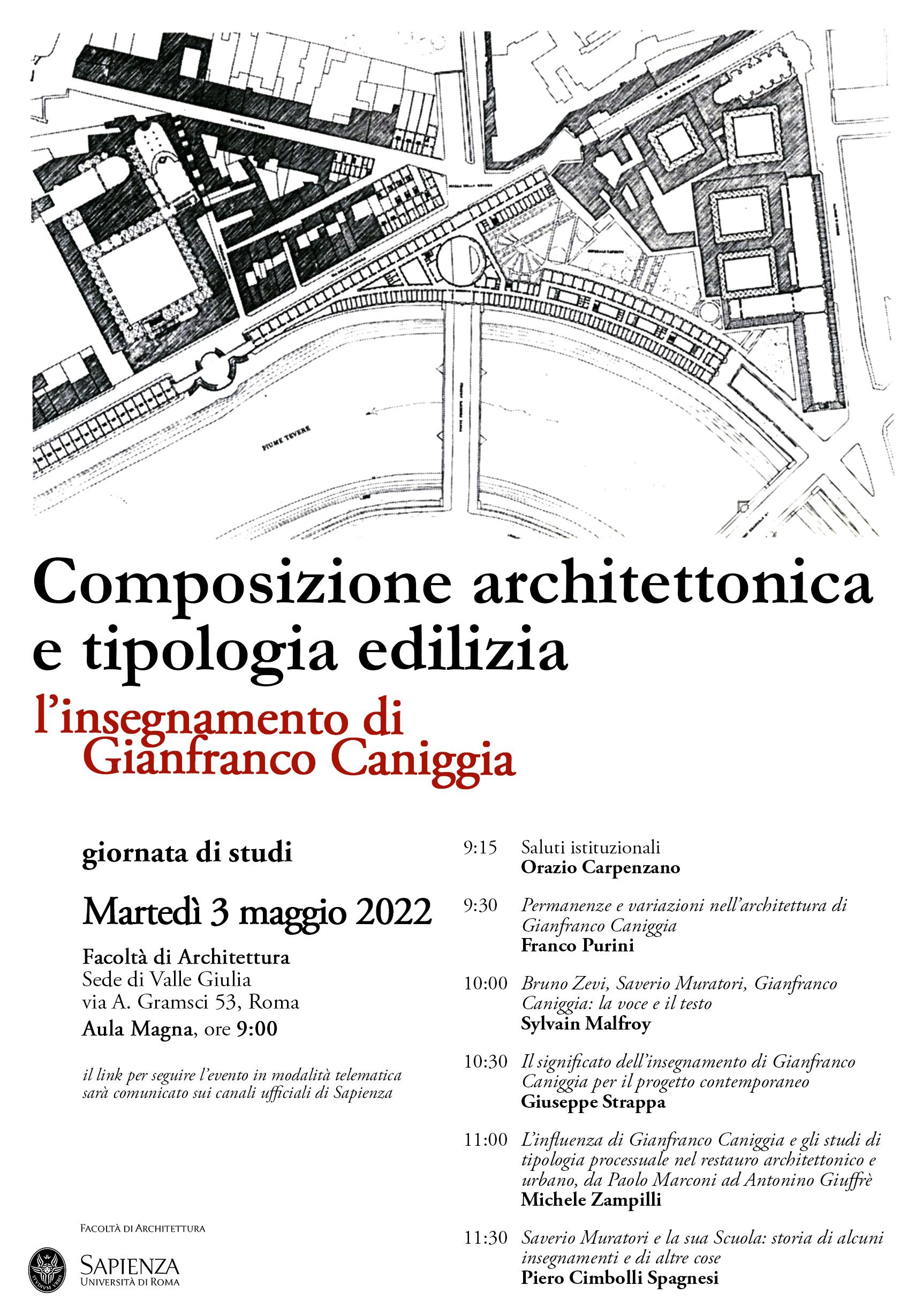Rome – 20/28 June 2022
PALAZZO CENCI – BOLOGNETTI
Piazza delle Cinque Scole, 23
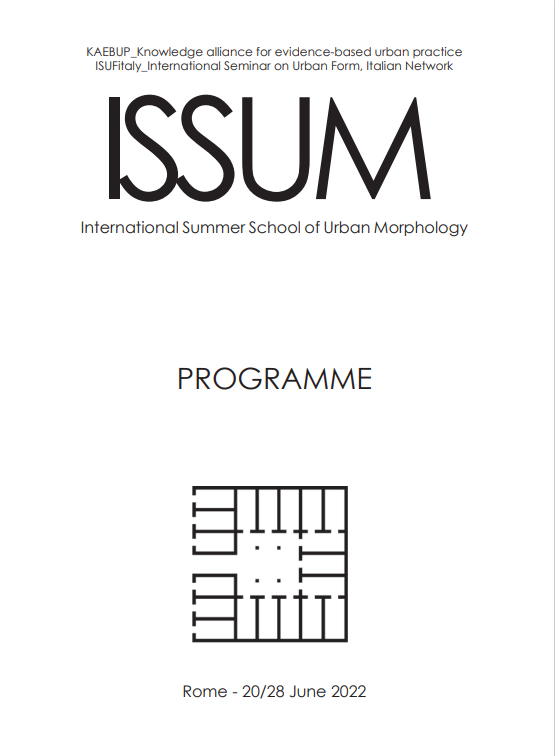
Rome – 20/28 June 2022
PALAZZO CENCI – BOLOGNETTI
Piazza delle Cinque Scole, 23

MORPHOLOGY AND URBAN DESIGN
new strategies for a changing society
ISUFitaly 2022 _ GENERAL PROGRAMME
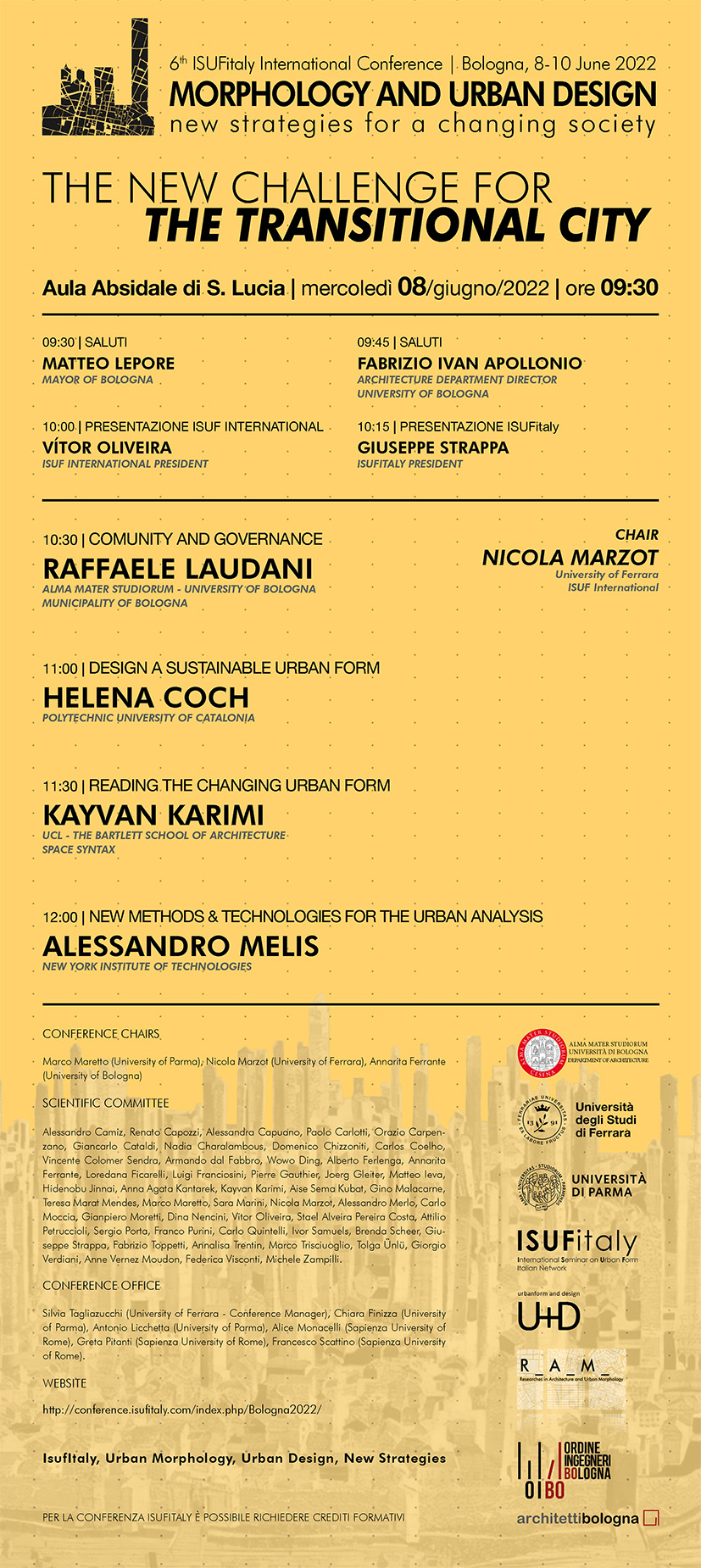
G. Strappa – Il significato della lezione di Gianfranco Caniggia per il progetto contemporaneo
Conferenza in occasione della giornata di studio su G. Caniggia organizzata presso la Facoltà di Architettura di Roma il 3 maggio 2022
Video di Francesca De Rosa
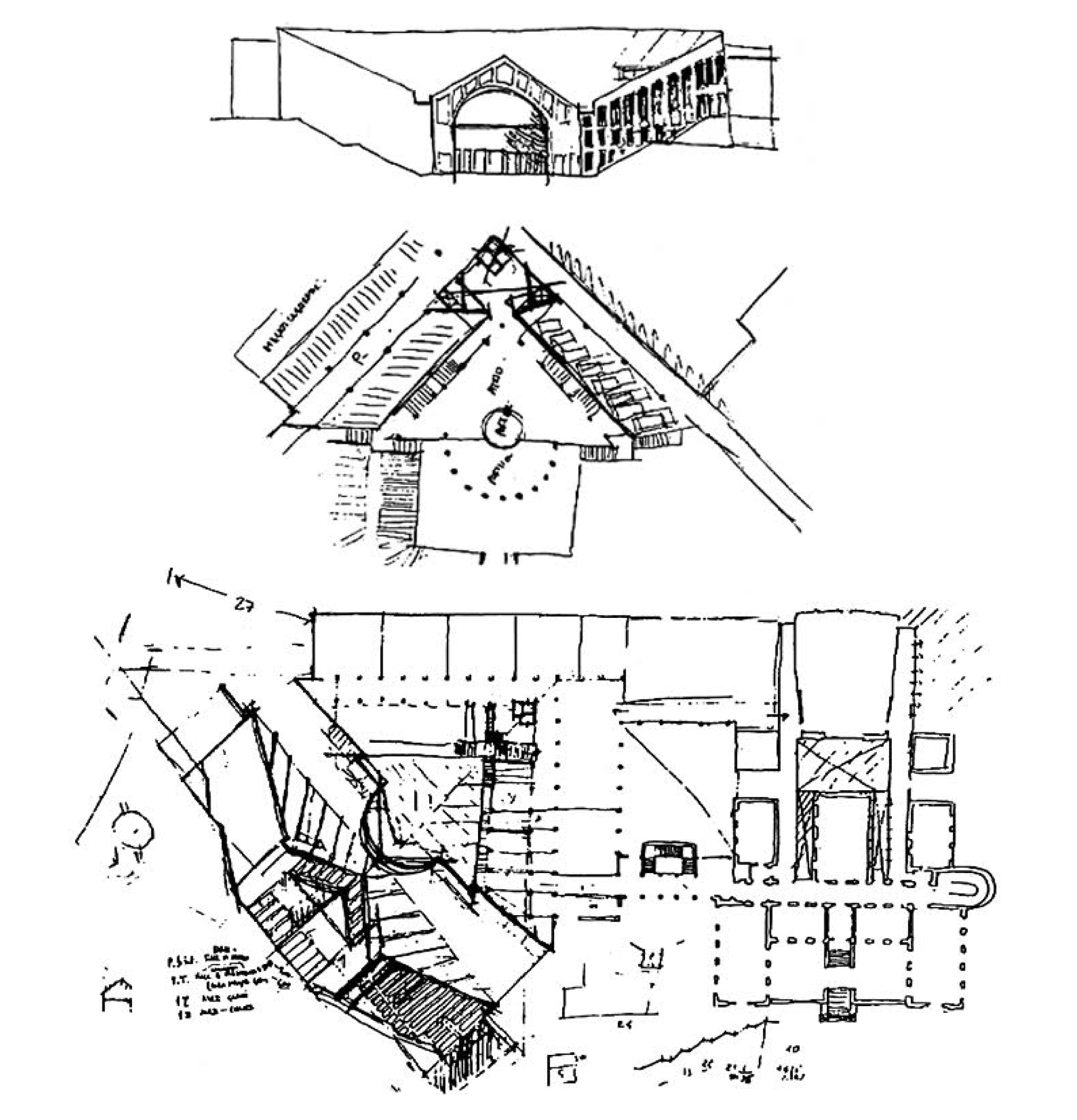
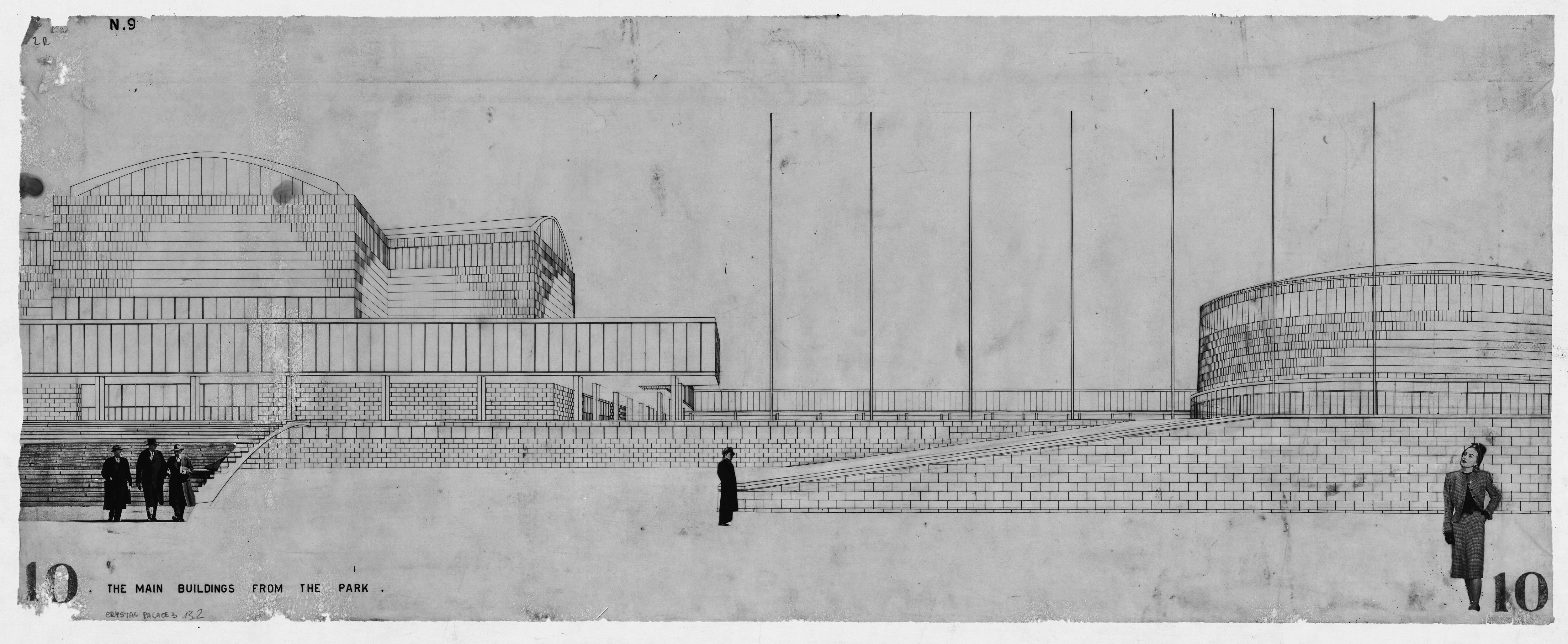
Concorso a inviti per la sistemazione dei padiglioni del Crystal Palace di Paxton , da trasformare in un nuovo complesso per esposizioni, spettacoli, attività sportive, integrato ad un parco di 200 acri. SydenhamLondra, 1945-46 (Biblioteca Poletti – Modena)
Progetto vinto da Herbert Jackson e Reginald Edmuns
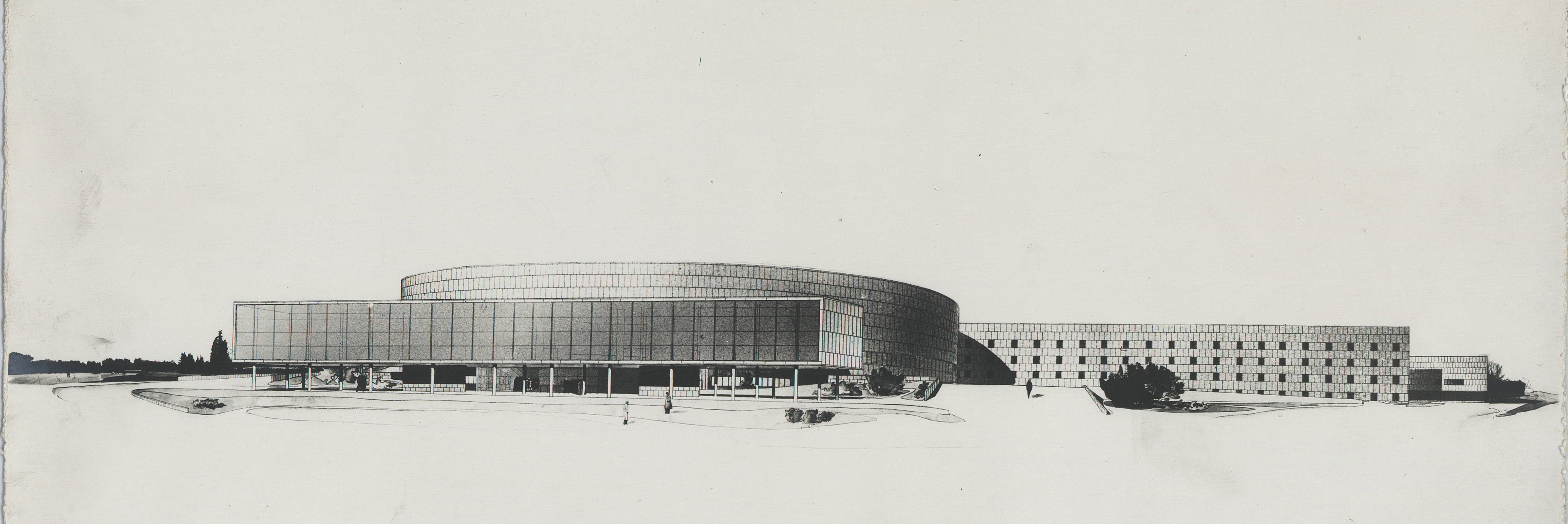
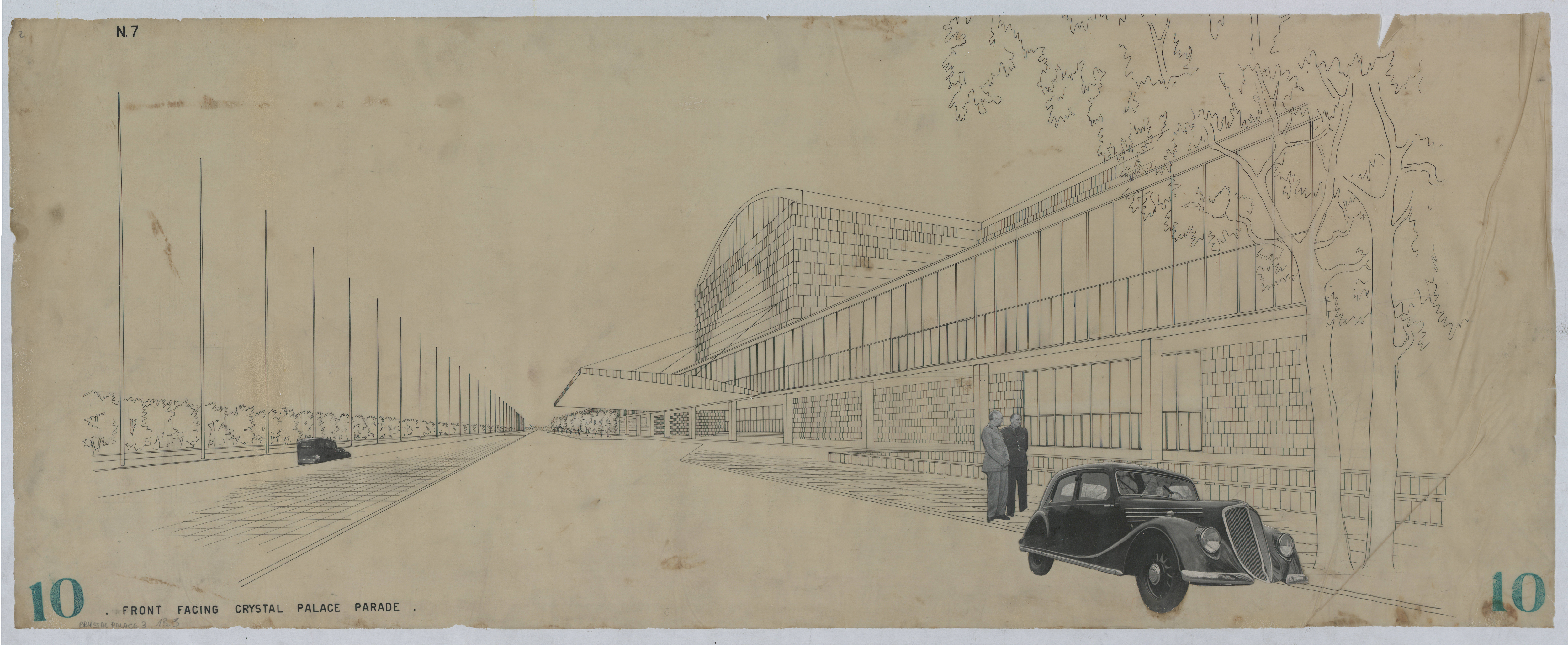
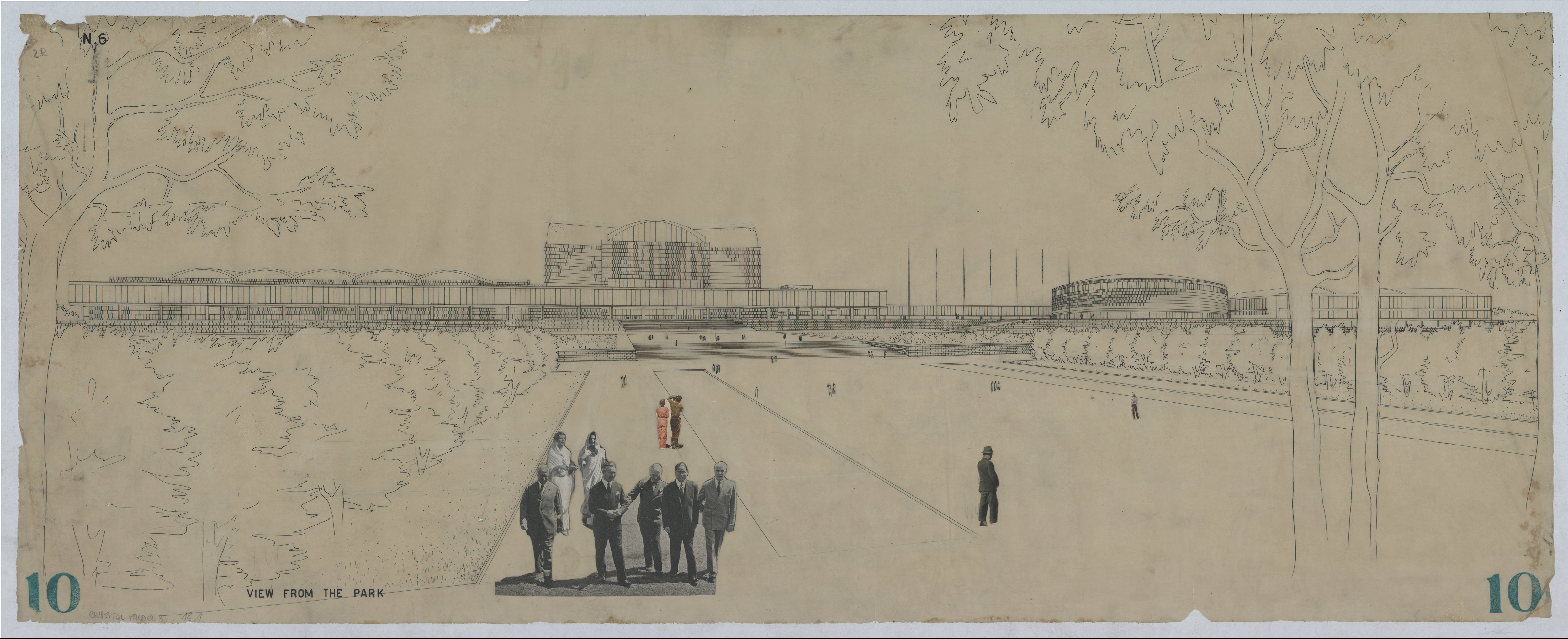
Sapienza – Università di Roma
Aula Magna della sede di Valle Giulia – Martedì 3 maggio – ore 9.00
